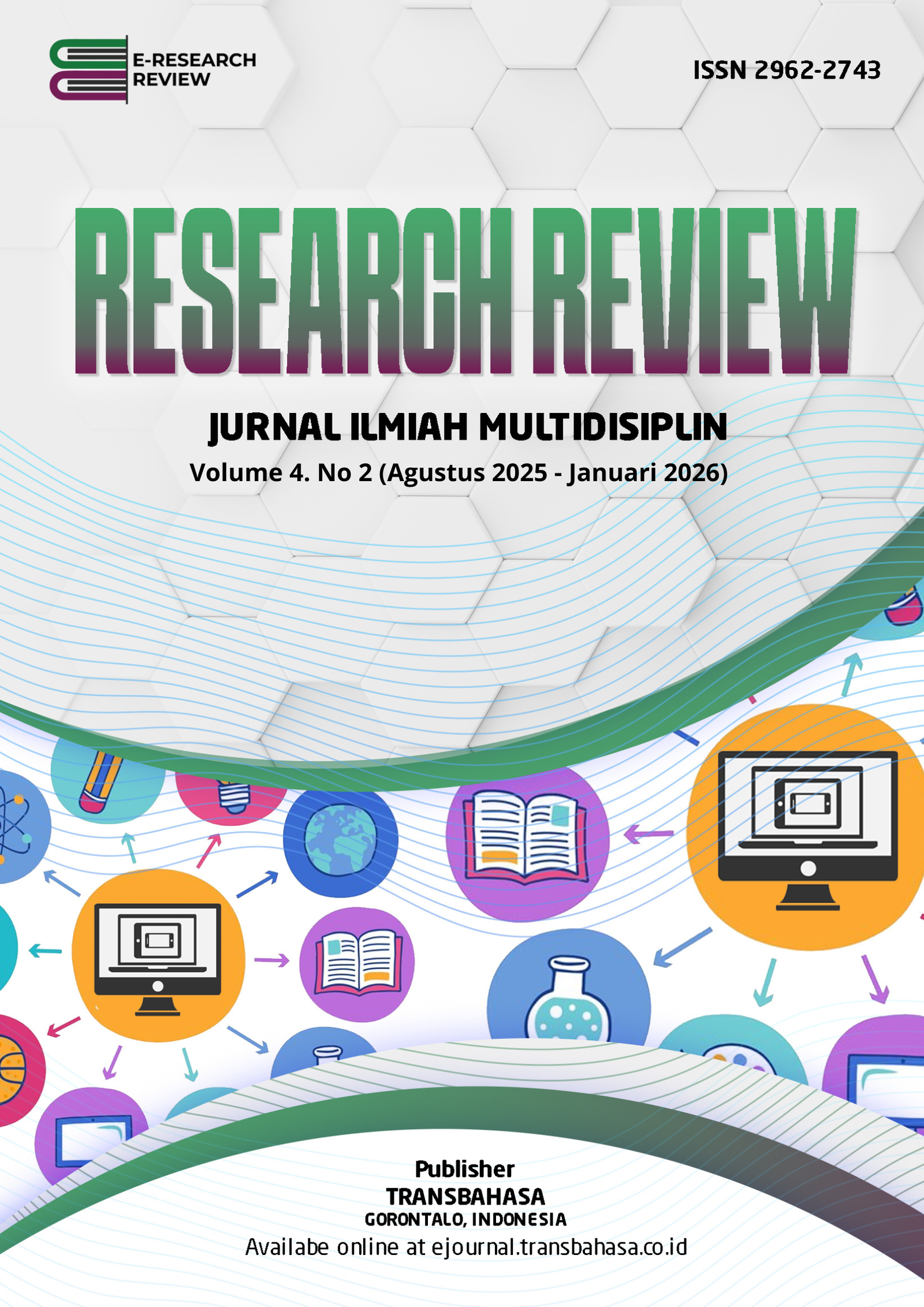Analisis Penjadwalan Ulang dengan Menggunakan Metode Line of Balance (LoB) pada Pembangunan Perumahan (Studi Kasus: Perumahan Griya Aulia Permai)
DOI:
https://doi.org/10.54923/researchreview.v4i2.191Keywords:
Scheduling method, Time effectiveness, Housing construction project, Line of BalanceAbstract
This study examines the impact of scheduling methods on time efficiency in housing construction projects, focusing on the problem of delays caused by inappropriate scheduling techniques. In many projects, the lack of alignment between the chosen scheduling method and the repetitive nature of construction activities often results in overlapping work, idle time, and inefficient resource allocation. To address this issue, the study applies the Line of Balance (LoB) method to the Griya Aulia Permai Housing Project and compares its effectiveness with the conventional scheduling method currently in use. The LoB method is particularly suitable for projects involving repetitive tasks, such as housing developments, where similar units are built sequentially. By arranging work in a continuous and balanced manner, LoB minimizes disruptions and idle periods between different work groups. Each trade can proceed smoothly without waiting for others to finish, ensuring optimal workflow across project stages. Analysis of the Griya Aulia Permai project reveals a significant improvement in scheduling efficiency. Under the existing method, the project duration was planned for 480 days. However, using the LoB approach, the total construction time was reduced to only 289 days, representing a time saving of 191 days. This reduction not only improves productivity but also has positive implications for project cost control and client satisfaction. In conclusion, adopting the LoB method in housing construction scheduling offers a more efficient and systematic approach, making it highly recommended for projects with repetitive construction elements to ensure timely completion and enhanced resource utilization.







